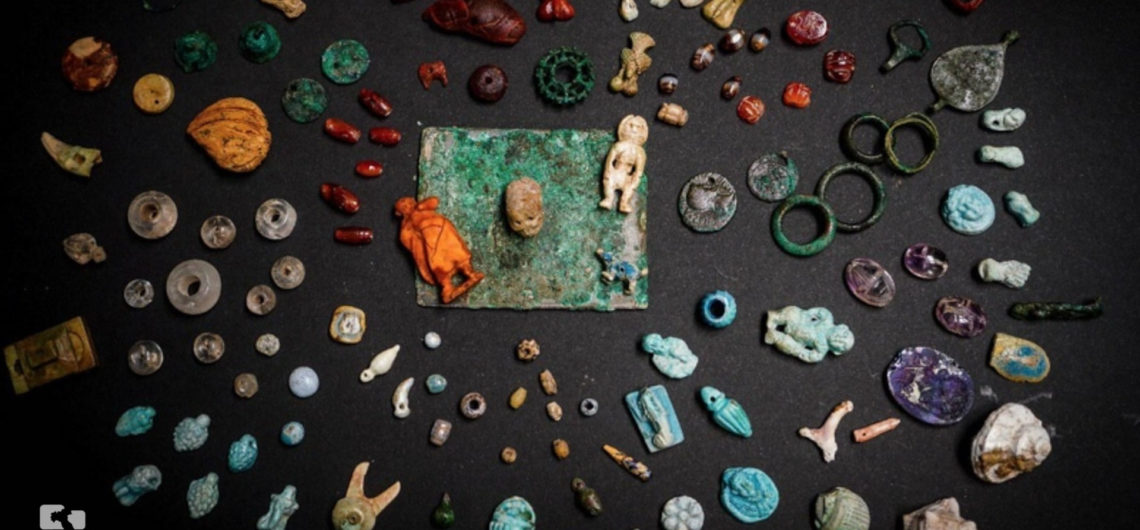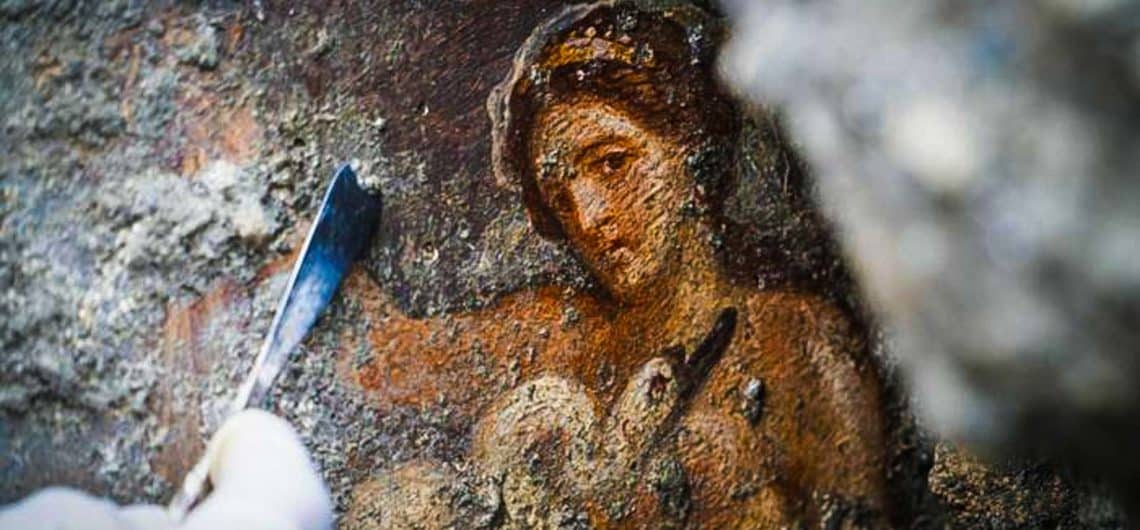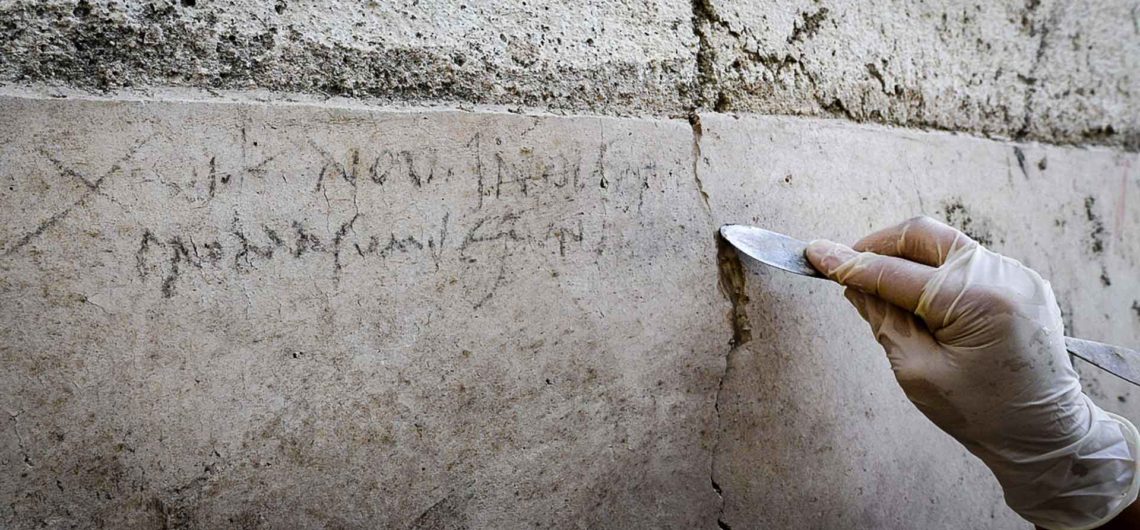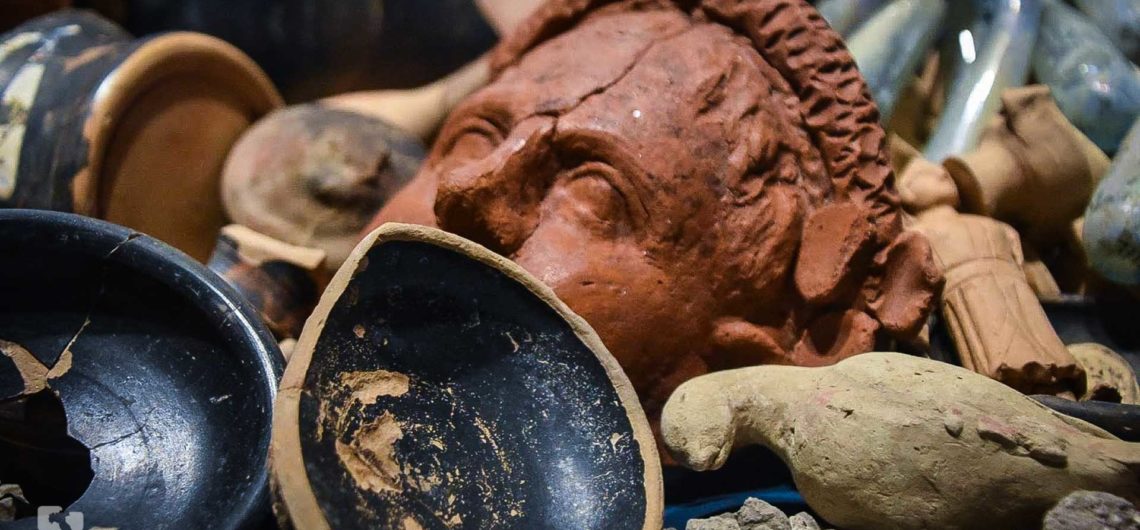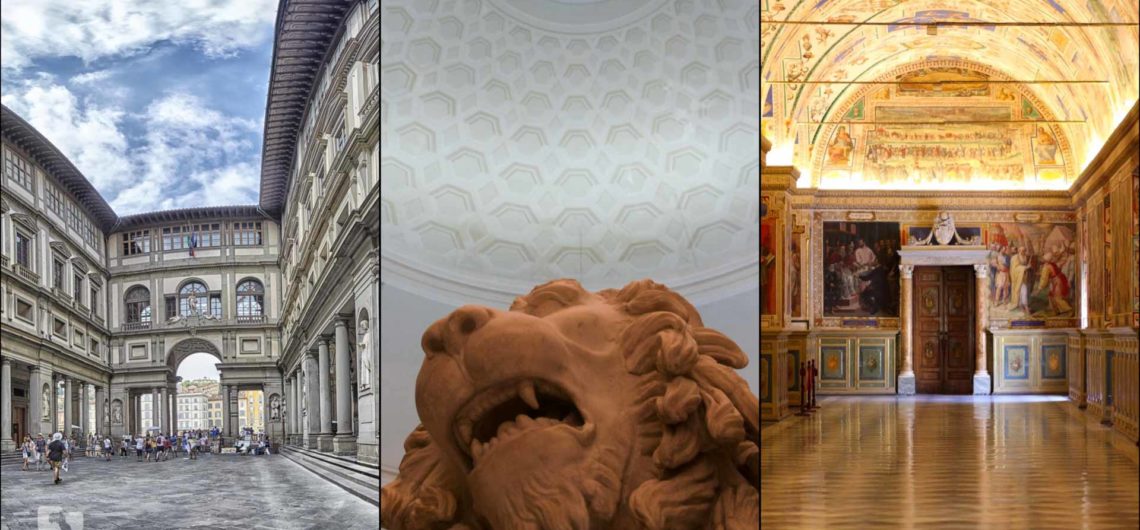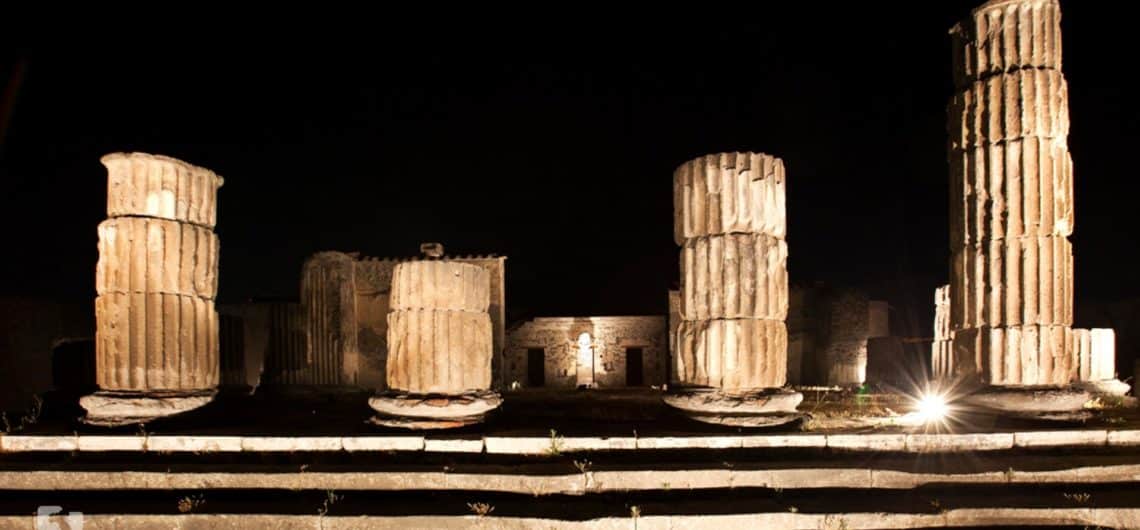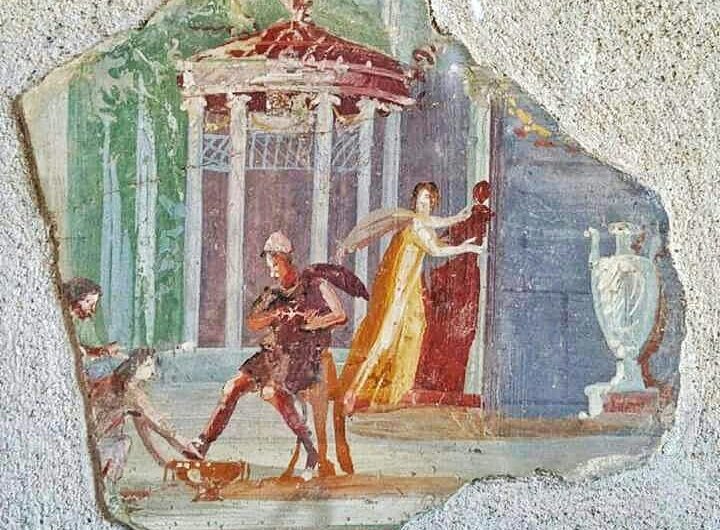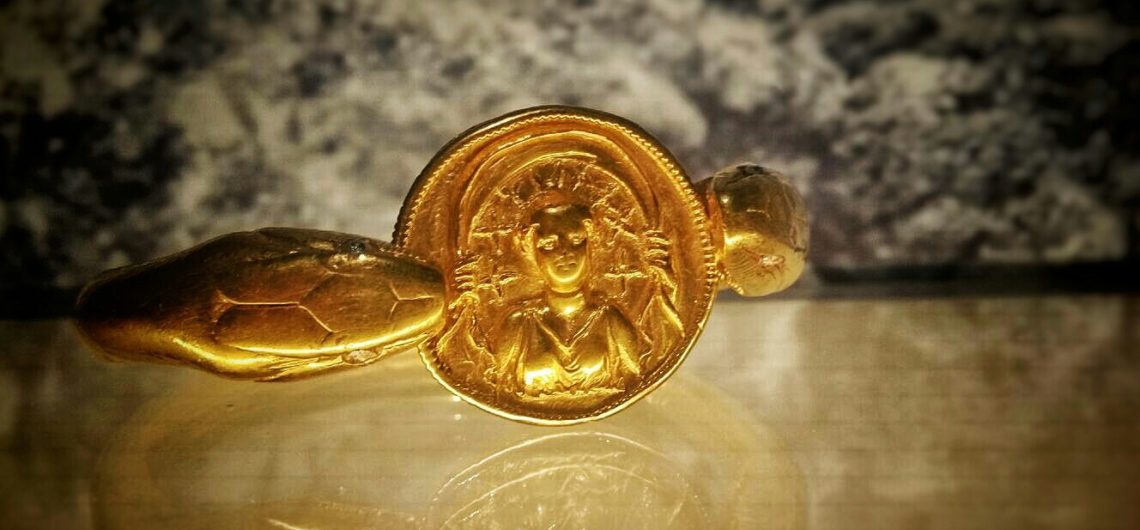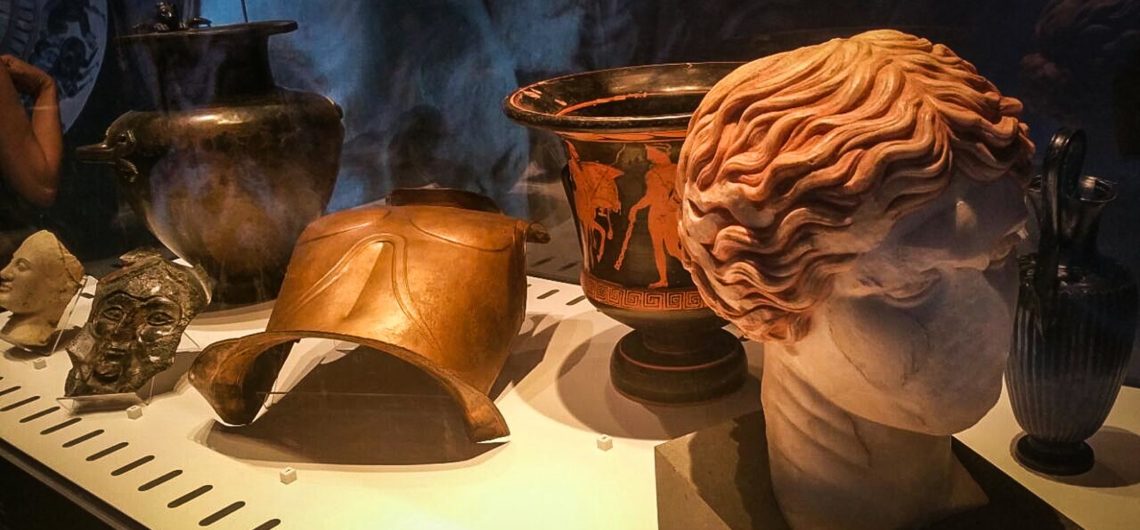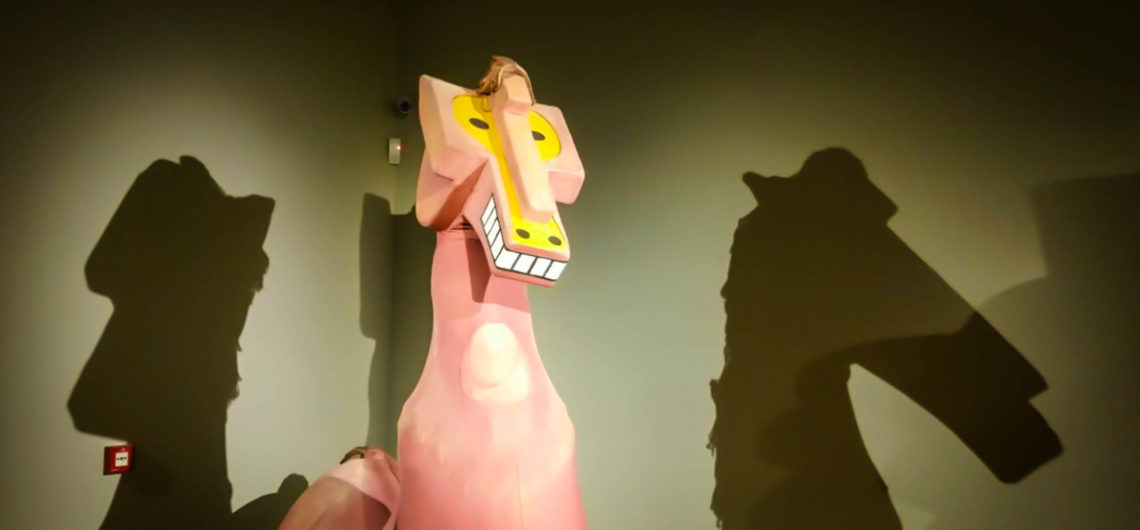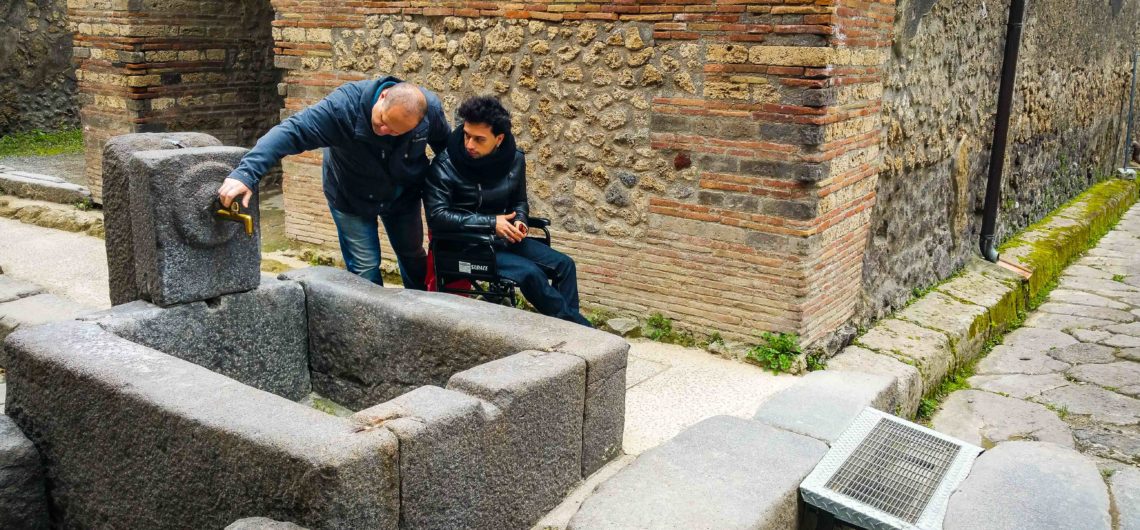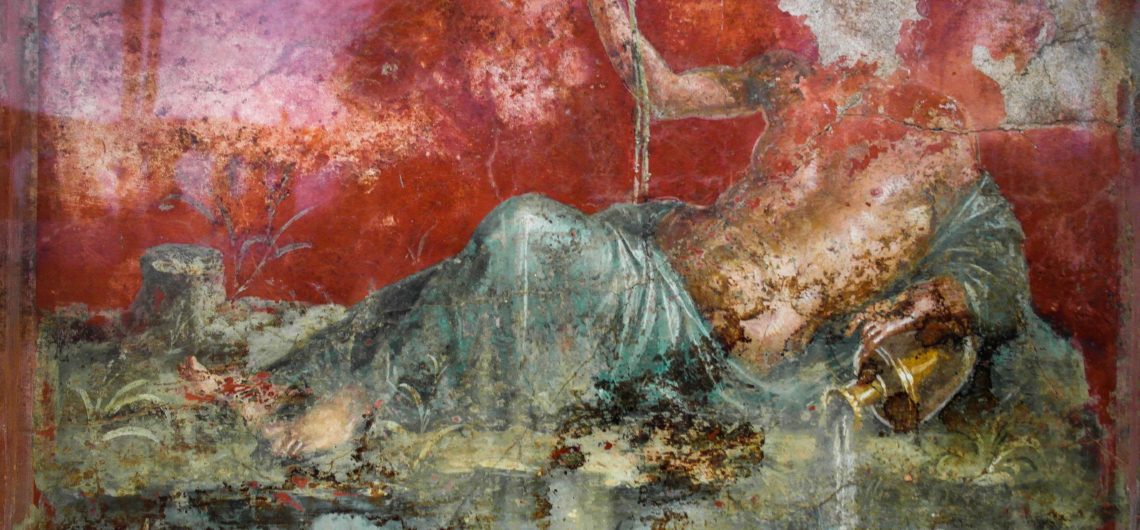Great new openings in Pompeii: the House of the Sailor and the Complex of Championnet The exclusive panoramic terraces on the south-western edge of the Roman town of Pompeii have recently been opened to the public for the first time after major architectural and restoration works: the preservation project, part of the Great Pompeii Project, has involved the Regio VII with the Championnet Complex, consisting of several elegant residential buildings with more than 60 rooms and the House of the Sailor, a double-story building with a private spa. The interventions have focused both on the restoration of the decorative
Pompeii New Exhibit: Treasures Under The Lapilli – Furnishings, frescoes and jewels from Pompeii’s Insula Occidentalis Between September 11th and May 31st a new amazing exhibit will be held at the Antiquarium in Pompeii: “Treasures under the lapilli – Furnishings, frescoes and jewels from Pompeii’s Insula Occidentalis” will unveil new treasures from some of the most beautiful urban villas of Pompeii. The exhibit will indeed feature rich furnishings, coloured mosaics, frescoes with extraordinary trompe-l’oeil images of lush gardens and precious objects mostly belonging to the House of the Golden Bracelet, one of the most sumptuous villas from the western district
ArcheoTrain: from June 25th 2017 a historic train will easily connect Naples with the two archaeological sites of Pompeii and Paestum. Tourist and visitors will now be able to comfortably reach both the splendidly preserved Greek temples of Paestum and the amazing ruins of the town buried by Mt Vesuvius in 79 AD with a single train ride. The archaeological site of Paestum, the Greek town of Poseidonia, founded at the end of 7th century BC, is extremely important and has been listed in 1998 by UNESCO as part of the World Cultural Heritage (along with the National Park of
Considered one of the most interesting cultural events of 2017 in Italy and in the wider Mediterranean region, the amazing exhibit “Pompeii & the Greeks”, inaugurated on April 12 in the Palestra Grande of Pompeii, illustrates the magnificence of Ancient Greece and its relationship with the Mediterranean Sea. Starting from Pompeii and examining its frequent contacts with the Greek Mediterranean, the exhibition sheds light on the many different souls of this ancient city, and its temporary and yet multiple identity. With more than 600 findings on display, including ornaments, ceramics, architectural elements, weapons, sculptures, inscriptions and silverware from Pompeii, Cumae,
The Musée Picasso in Paris has set up 40 exhibitions in Italy, Morocco, Greece, Spain, France and Cyprus to celebrate Picasso’s 1917 journey to Italy and his lifelong relationship with the Mediterranean basin. The global exhibit “Picasso- Méditerranée” will take place from Spring 2017 until Spring 2019 with more than 60 institutions from 8 different counties involved in developing exhibition projects on the extraordinary works of Pablo Picasso. On the occasion of this global initiative the Italian Ministry of Culture and Tourism and the Campania Region will promote the exhibit “Picasso and Naples: Parade” , inaugurated in Capodimonte Museum and
The project “Pompeii for all. Accessibility paths overcoming architectural barriers” can be considered Italy’s longest barrier-free path and it represents another step forward in the rebirth of Pompeii Archaeological Site. It makes finally possible to all visitors with disabilities to access the archaeological area in order to appreciate this unique World Heritage Site. From the main entrance of Piazza Anfiteatro to Porta Marina exit disabled persons, partially-sighted people, family with strollers or pushchairs and wheelchair users will be able to explore through a specific path some of the most important areas of town with its outstanding buildings. The itinerary, part
With the recent “Widespread Museum Project” the display of archaeological findings from the Excavations on site continues. In the Palestra Grande of Pompeii some organics finds and treasures belonging to the site of Moregine will be shown to the public in a permanent exhibit. Campaigns of excavation The first fortuitous discovery in Moregine took place in 1959 during the construction of the Naples-Salerno Motorway. The site is placed 600 m south of Pompeii Ruins, where once was the delta of River Sarno, an area that was vital to the economy of the Ancient town of Pompeii. They revealed a villa
